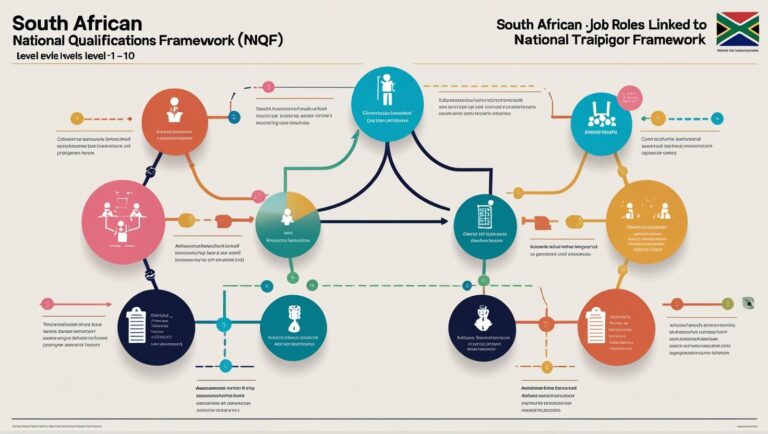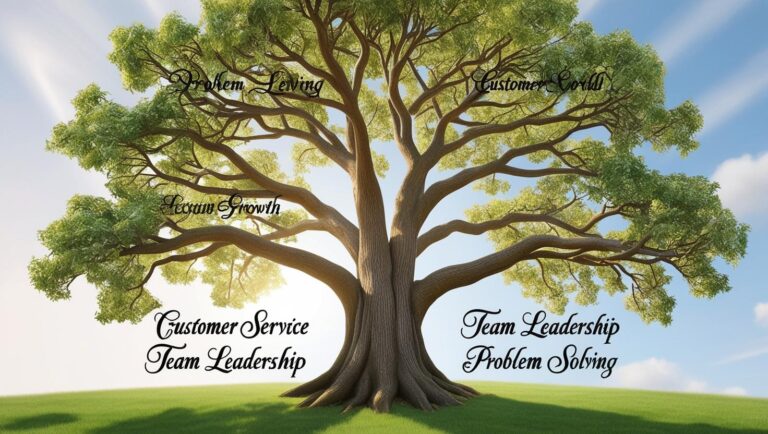Equity-Aligned Skills Development: Navigating the Western Cape and Durban Challenge
Introduction
Employment Equity (EE) and skills development are cornerstones of transformation in South Africa. They are intended to correct historical injustices and open doors for previously marginalised communities. However, the reality on the ground often complicates this ideal. National equity targets, while well-meaning, don’t always reflect the unique demographics of provinces like the Western Cape or metros such as eThekwini (Durban). Applying these targets blindly can create friction, stall local talent development, and inadvertently exclude the very people you are meant to empower.
This article explores the intersection of EE, skills development, and local demographics. It provides HR and Skills Development Facilitator (SDF) practitioners with strategies to design programs that are equitable, context-sensitive, and aligned with the realities of local communities. By the end, you’ll understand why provincial nuances matter and how to implement meaningful, legally compliant, and socially responsible skills initiatives.
The Provincial Demographic Reality
South Africa’s workforce diversity is not evenly distributed. Understanding local demographic realities is crucial if skills development and EE are to be meaningful.
The Western Cape
In the Western Cape, Coloured South Africans form the majority population group, accounting for over 45% of the province’s residents. Black African representation is lower than the national average due to historic settlement patterns, migration, and economic factors. Yet, national EE targets often emphasise increasing African representation across all provinces. This mismatch can create tension between legal compliance and local workforce legitimacy.
Durban / eThekwini
Durban presents a different challenge. Indian South Africans make up around 13–15% of the metro population, compared to just 2.5% nationally. This is the result of historical factors, including indentured labour systems and long-standing Indian communities. National EE frameworks, however, may penalise companies that maintain proportionate Indian representation, despite reflecting the local population reality.
The takeaway is clear: the national “one-size-fits-all” approach to EE targets does not align with provincial realities. When applied mechanically, it can create reverse exclusion, block access to training and promotion for locally dominant groups, and spark frustration both within organisations and in the wider community.
The Challenge With National EE Targets
EE legislation is designed to create fairness, opportunity, and inclusion. But when regional nuances are ignored, the intended outcomes are often undermined.
How Misaligned Targets Affect Workforce Development
Promotion and Progression
In the Western Cape, a company promoting Coloured candidates may be penalised if this worsens national statistics for Black African representation. Similarly, Durban-based organisations may face scrutiny for promoting Indian employees proportionate to local demographics. These rigid targets can lead to stagnation, disengagement, and frustration within the workforce.
Training and Learnership Placement
SETA-funded learnerships and internships often prioritise national targets over local realities. Consequently, youth from locally dominant communities may be overlooked, even if they face high unemployment or lack access to skill-building opportunities.
Compliance versus Inclusion
The danger is that EE becomes a tick-box exercise. HR teams are forced to meet quotas rather than genuinely empower the communities they serve. One HR practitioner in the Western Cape lamented, “We’re told to empower the community—but not that part of the community.” This tension erodes credibility and trust in the EE process.
Skills Development Implications
For skills development to be meaningful, it must reflect both equity principles and local demographics. This means thinking beyond national targets to design programs that genuinely uplift communities and build sustainable talent pipelines.
Localised Skills Planning
HR and SDF practitioners should incorporate provincial or metro-level census data when designing learnerships, internships, and development pipelines. This ensures that training programs reach the people who actually live and work in the region, not just those deemed underrepresented nationally.
Focus on Community Upliftment
Rather than chasing quotas, organisations should prioritise employability, income mobility, and long-term growth potential. Training programs should target youth and women across all local communities, bridging gaps in education and opportunity.
Supporting Real Inclusion
True inclusion recognises diversity within each region and adapts to it. Ignoring local context can alienate talented candidates and erode the social licence of your EE initiatives. Inclusion is not about erasing differences; it’s about creating access and opportunity for all groups within a community.
Practical Solutions That Work
Transforming EE and skills development from compliance exercises into meaningful initiatives requires practical, context-sensitive strategies.
Align Equity Plans With Regional Data
Organisations should develop an internal equity map that reflects provincial population and unemployment figures. This allows HR teams to justify deviations from national norms in EE plans, as permitted under the EE Act (as amended).
For example, a company in the Western Cape might design a development program that prioritises Coloured youth for entry-level positions, while simultaneously providing targeted opportunities for Black African candidates in senior or scarce-skill roles. Such an approach satisfies both local relevance and national compliance requirements.
Collaborate With Local Structures
Partnerships with municipal offices, ward councillors, local schools, and TVET colleges can help identify and develop talent that truly reflects the community. Engaging SETA regional offices to discuss context-sensitive placements and learnership programs ensures your initiatives remain legally compliant while socially impactful.
Build Equity-Aligned Learning Pathways
Learning pathways should be structured to:
Uplift youth and women across all groups
Bridge gaps in educational attainment
Create genuine promotion opportunities
Include Recognition of Prior Learning (RPL) for experienced but uncertified workers
Case Example: A retail group in Mitchells Plain designed a Coloured youth internship program aligned to NQF Level 4–6. By presenting local unemployment and provincial equity data to the Department of Labour and their B-BBEE verification partner, they secured approval for a program that directly addressed community needs while remaining compliant with national EE objectives.
Why Contextual Skills Development Matters
Transformation that ignores local realities is not true transformation—it is box-ticking.
Even where national statistics label Coloured or Indian groups as “overrepresented,” these communities often remain economically marginalised in their local provinces or metros. Ignoring this perpetuates inequality, fosters resentment, and undermines trust in both EE and skills development programs.
A context-sensitive approach ensures that training initiatives are credible, relevant, and inclusive. It creates a positive cycle where:
Communities see real opportunities for growth
Organisations build locally aligned talent pipelines
National equity objectives are met without eroding local legitimacy
Strategies for SDFs and HR Practitioners
To operationalise equity-aligned skills development, consider these approaches:
Map Local Demographics Against Workforce Needs: Understand not just racial composition, but age, gender, education levels, and employment gaps within your province or metro.
Develop Tailored Training Pipelines: Align learnerships, internships, and upskilling programs to local needs, while mapping progression from entry-level to senior positions.
Incorporate RPL: Recognise experienced candidates who may lack formal qualifications, creating faster pathways into higher-level roles and mitigating education gaps.
Engage Community Stakeholders: Local schools, colleges, municipal offices, and NGOs can provide insights, mentorship, and candidate sourcing aligned with the real workforce landscape.
Document and Justify Decisions: When deviating from national EE norms, provide transparent rationale using provincial data. This protects the organisation while demonstrating strategic intent.
The Role of Equity in Long-Term Talent Development
True equity goes beyond quotas. It’s about building talent pipelines that reflect both the skills needed by the organisation and the realities of the local community.
For instance, in Durban, where Indian South Africans dominate certain professional roles, a company may pair initiatives for local Indian youth with broader programs targeting underrepresented Black African or Coloured candidates in other job bands. This creates balance, addresses local inequities, and maintains national compliance.
Conclusion
Employment Equity and skills development are powerful levers for transformation—but only if they are implemented with awareness of local realities. In the Western Cape and Durban, blanket national targets can inadvertently block access to training and promotion for locally dominant but economically marginalised groups.
For HR, L&D, and SDF leaders, the challenge is to move from compliance-driven, quota-focused approaches to strategic, community-aligned skills development. Programs should:
Reach those who need them most
Reflect local workforce composition
Build sustainable career pathways
Support both equity goals and organisational productivity
By combining legal compliance with local insight, South African organisations can turn skills development into a true vehicle for empowerment, inclusion, and economic growth—shifting from ticking boxes to creating meaningful, lasting transformation.



